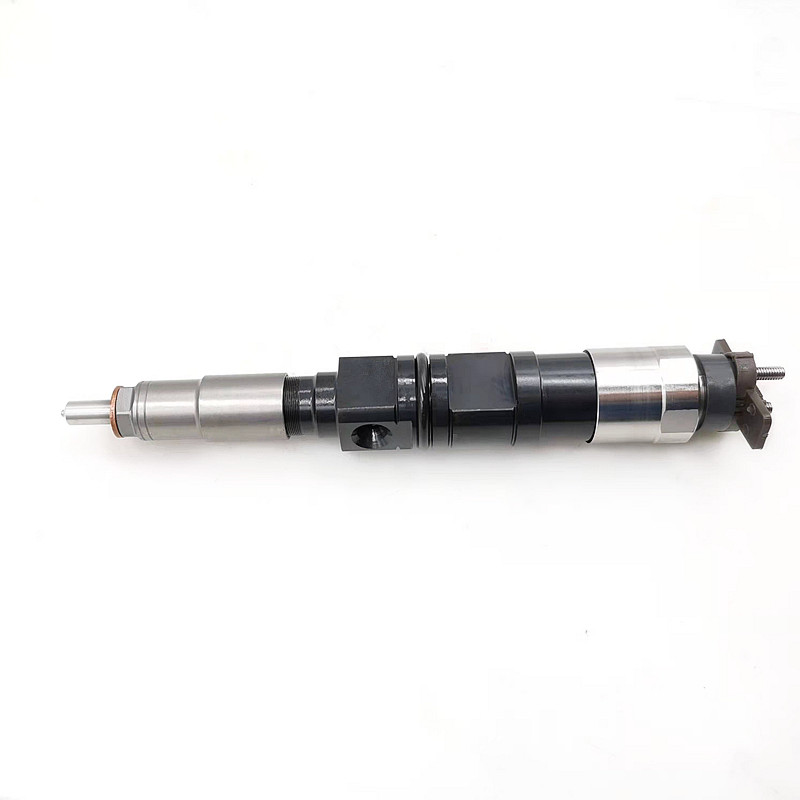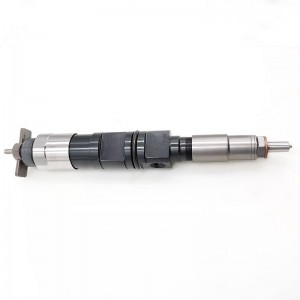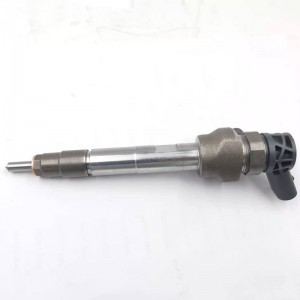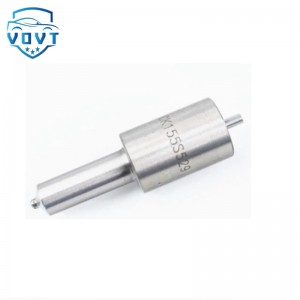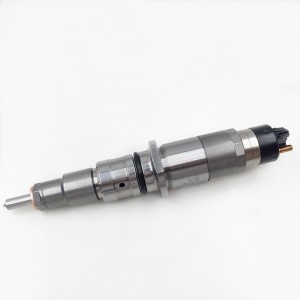Diesel Injector Fuel Injector 095000-8730 Denso Injector for Shangchai, Toyota, Hyundai, Mitsubishi Fuso
products detail
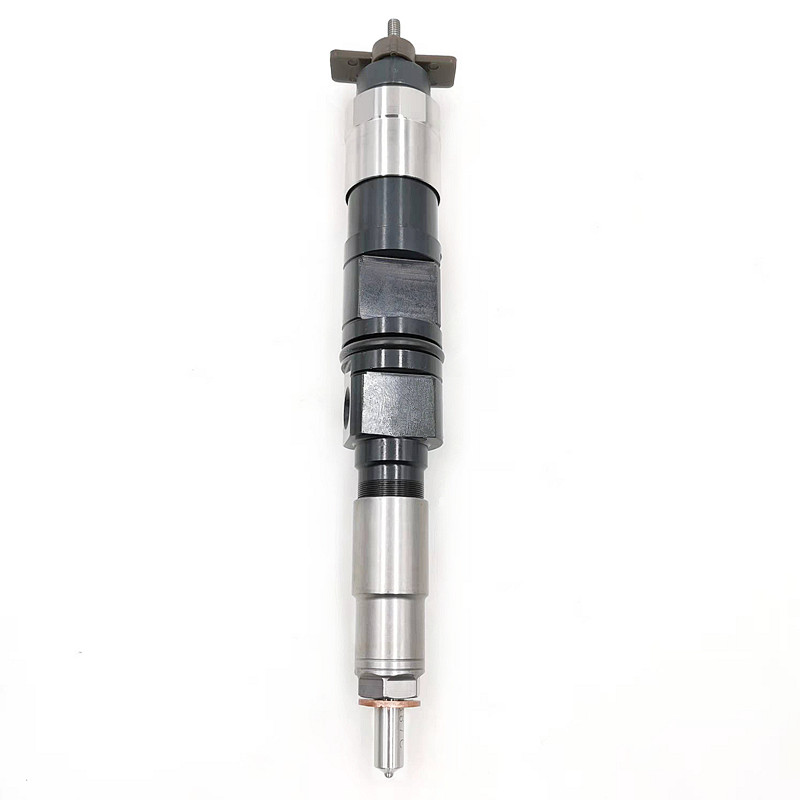
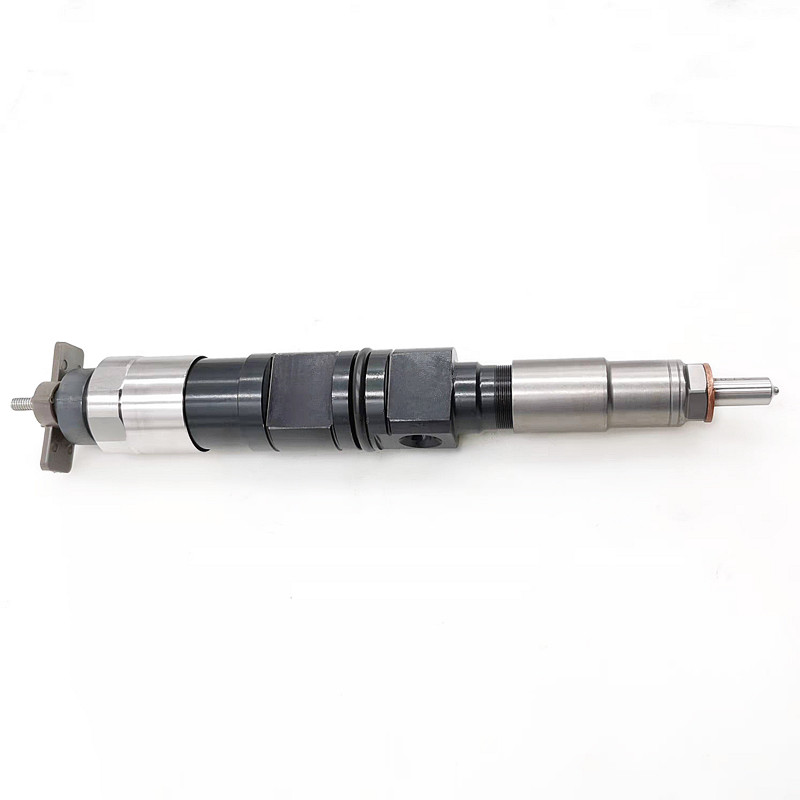
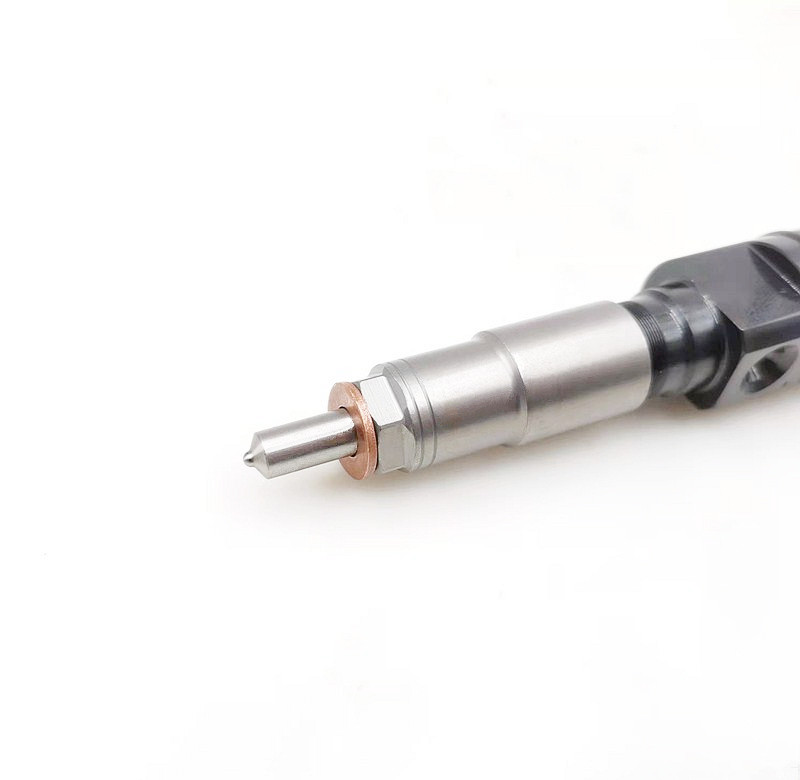
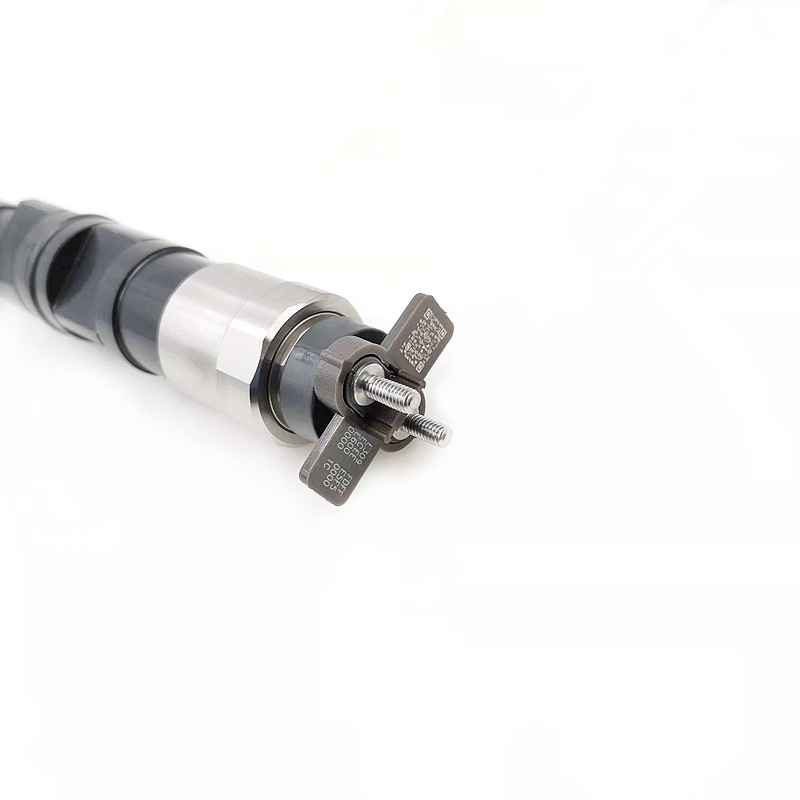
Used in Vehicles / Engines
| Product Code | 095000-8730 |
| Engine Model | 4WD |
| Application | Shangchai, Toyota, Hyundai, MITSUBISHI FUSO |
| MOQ | 6 pcs / Negotiated |
| Packaging | White Box Packaging or Customer's Requirement |
| Warranty | 6 months |
| Lead time | 7-15 working days after confirm order |
| Payment | T/T, PAYPAL, as your preference |
Compared with the experimental research, the numerical simulation is relatively mature, so the numerical simulation method is an effective method to study the cavitation flow in the injector of high pressure diesel engine, and can provide valuable research information. So far, scholars have made some researches on the generation and development of cavitation inside diesel injector by using numerical simulation method, aiming at different cavitation calculation models, nozzle geometry, operating conditions and other factors, and have made important research progress. It can be found from these models that smooth wall surface is adopted for wall surface treatment. In fact, the inner wall of the nozzle is a rough wall. Due to the high pressure and high speed characteristics of the fluid in the injector, there will be higher shear stress near the rough wall, which will produce additional disturbance to the velocity and pressure. However, the influence mechanism of this disturbance on the cavitation flow characteristics in the injector is not clear. By establishing a reasonable mathematical model to simulate the cavitation flow inside the diesel injector, dimensionless parameters such as cavitation parameter K and flow coefficient Cd are used to describe the cavitation flow characteristics inside the nozzle, and the influence of wall roughness on the mass flow, gas phase distribution and velocity distribution inside the nozzle is studied.
1) When the inlet pressure is low, the flow coefficient decreases with the increase of roughness; When the inlet pressure is large, the influence of roughness on the flow coefficient is relatively small.
2) The flow coefficient increases slowly with the increase of the cavitation parameter. When the cavitation parameter is greater than a certain value, the flow coefficient basically no longer changes with the cavitation parameter.



